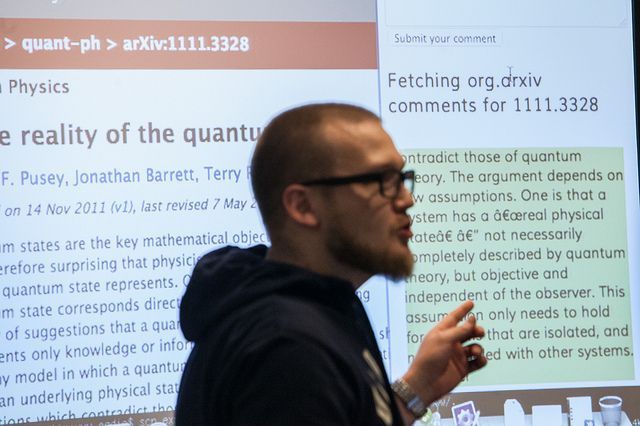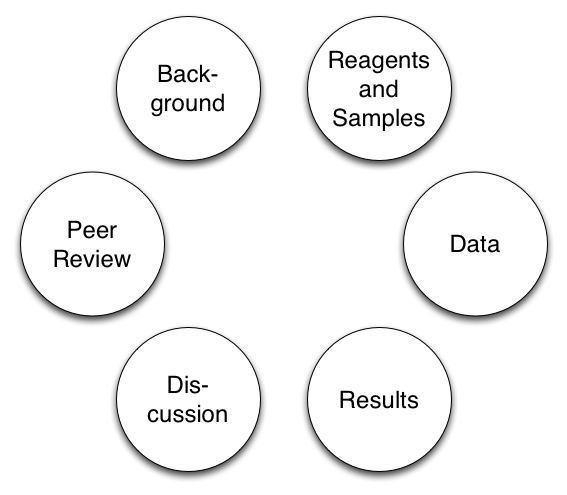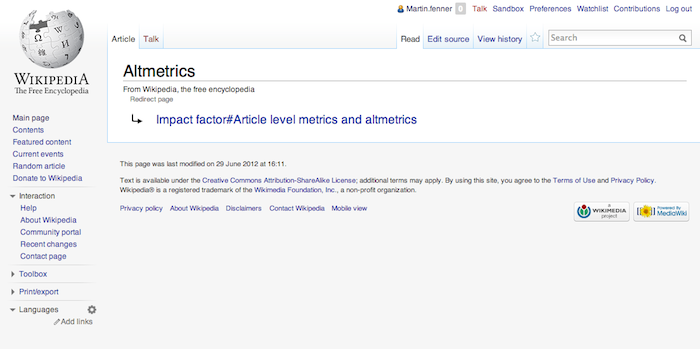
Article-level metrics (ALMs) provide a wide range of metrics about the uptake of an individual journal article by the scientific community after publication. They include citations, usage statistics, discussions in online comments and social media, social bookmarking, and recommendations.







